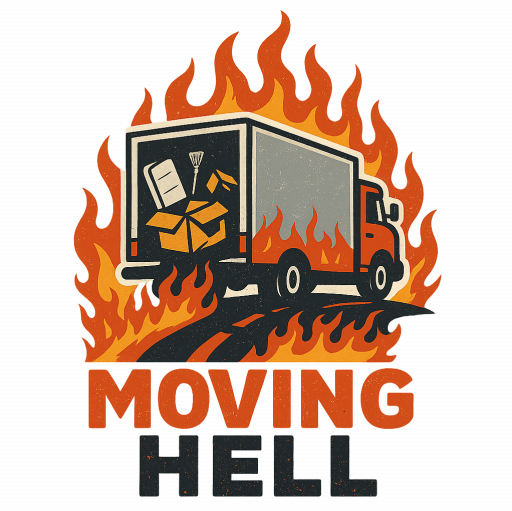🔒 How to Move a Safe Without Breaking Your Back (or the Floor)
So, you own a safe. That means you’re responsible. It also means you now have to move a big metal box that weighs more than your optimism on Monday mornings.
But don’t worry! With a little planning, the right tools, and a few helping hands (ideally human, but robots are welcome), you can move that safe safely. Let’s make this heavy task feel a little lighter!
📏 Step 1: Measure Everything (Yes, Everything)
- Measure the safe: Height, width, depth, and weight if available. If it’s too heavy to lift, it’s okay to just stare at it and whisper “soon.”
- Measure doorways and hallways: Is there a path without stairs? Can it fit through the doors without magic?
- Check flooring: Wood floors may need extra padding. Nobody wants a surprise “safe-shaped” crater in their new living room.
🧰 Step 2: Gather Your Moving Gear
- Furniture dolly or heavy-duty appliance dolly: Not the one you used for the microwave.
- Moving straps or lifting harness: For redistributing the weight—because teamwork makes the dream (and back safety) work.
- Protective padding and blankets: For walls, floors, and friendships.
- Work gloves: Because you deserve both safety *and* style.
👯 Step 3: Find Your Moving Crew
This is not a solo mission. Recruit friends, family, or friendly neighbors. Offer snacks, kind words, or eternal gratitude.
Pro tip: When asking for help, saying “We’re moving a safe!” sounds much cooler than “Help me move something that could flatten a hippo.”
📦 Step 4: Prep the Safe
- Empty it: Yes, we know it’s called a “safe,” but you really don’t want jewelry, documents, or gold bars flying out mid-move.
- Lock the door: Prevents it from swinging open like a metal jaw of doom.
- Wrap it in blankets: Not because it’s cold, but to protect walls and paint jobs.
🚚 Step 5: The Big Move (Cue Dramatic Music)
- Use the dolly and secure the safe tightly with straps.
- Move slowly and communicate with your team—no surprises!
- If there are stairs, take them seriously. Plan each step (pun intended), and don’t rush. Your spine will thank you.
- Going through tight corners? Tilt gently and have someone guide the path.
🛑 Step 6: Safety First (Pun Intended)
- Wear closed-toe shoes. No flip-flops. This isn’t a beach party.
- Lift with your legs, not your back. Or better yet, lift with a dolly.
- Watch your fingers. They’re very useful. You’ll miss them if they get pinched.
🏠 Step 7: Positioning at the New Location
- Place the safe exactly where you want it—before removing the straps and dolly. Trust us, you don’t want to move it twice.
- Check that it’s level. A wobbly safe is not a fun surprise during an earthquake.
- If it’s going on a second floor, double-check floor weight limits. Otherwise, your safe might try skydiving into the kitchen.
💬 Bonus Tips
- Still too heavy? Call a professional mover with safe experience. They have equipment, training, and fewer hernias.
- Label the box it’s in (if crated): Not “kitchen” or “misc.” Try “Please don’t drop this. Or cry.”
- Take breaks: Hydrate, stretch, and smile. You’re doing something impressive!
🎉 Final Thoughts: You Did It!
Moving a safe isn’t exactly easy—but with patience, teamwork, and good vibes, it’s totally doable.
And hey, once it’s in place, you’ll have the satisfaction of knowing you transported a fortress. That’s superhero-level stuff. 💪🦸♂️
Need more cheerful moving advice? Visit MovingHell.com — where moving is less “ugh” and more “aha!”
Written by someone who once moved a safe with their dad, three friends, and a pizza. Everyone survived. So did the safe. © Moving Hell
